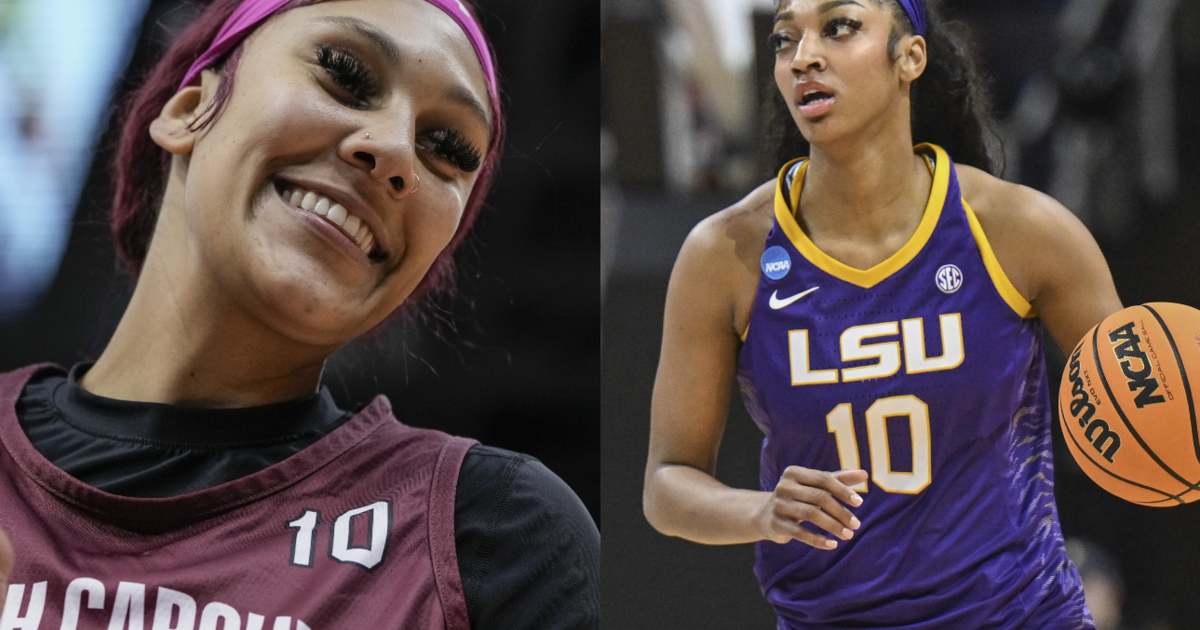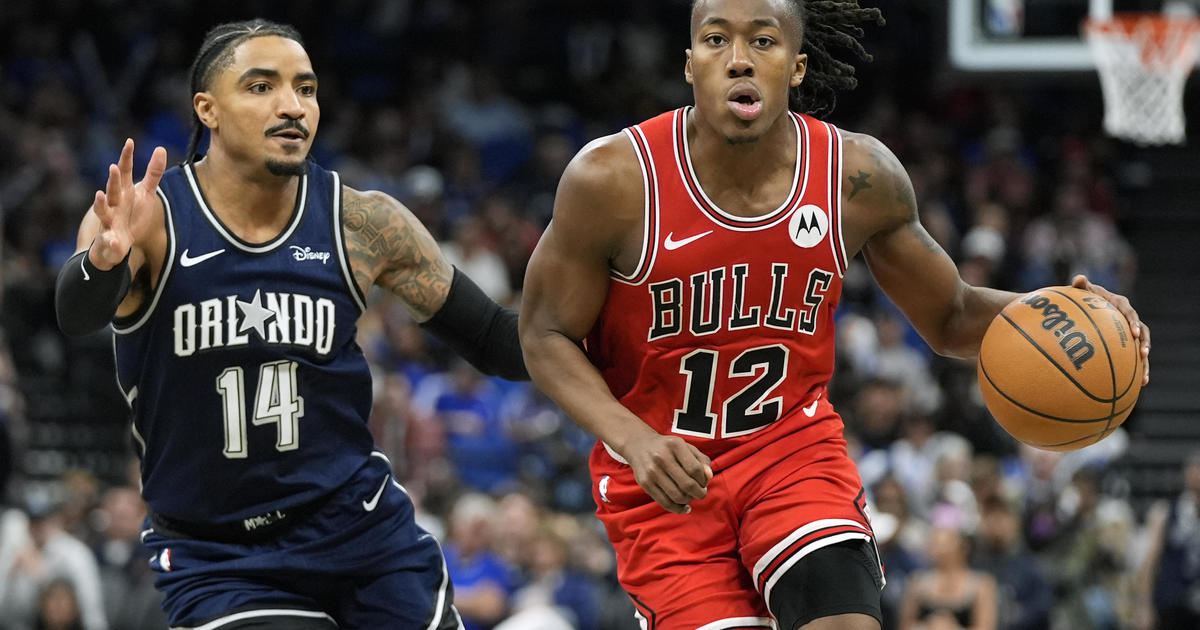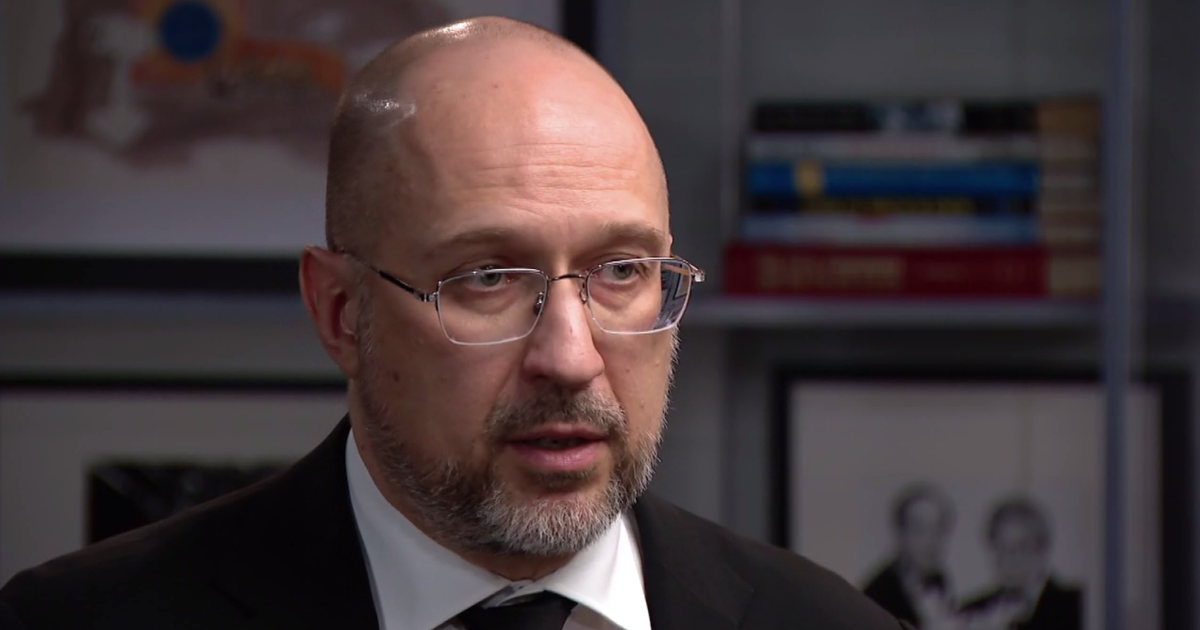Gabriel: Inside An NFL Draft Room
By Greg Gabriel--
(CBS) With the 2015 NFL Draft just more than a week away, I thought it was a good time to relate to you what goes on in the typical draft room once the draft begins.
There's one certainty, for starters. There's only one person who has control of the draft room, and that's the person who has final say on the 53-man roster. Regardless of job title, he's "The Boss" when it comes to decision-making. There can only be one person with that control, and it's usually the general manager or the head coach. In the Bears case, it's new general manager Ryan Pace.
That being said, when the Bears make a selection, there will most likely be total agreement between Pace, coach John Fox, the assistant coaches and the members of the scouting staff.
Picks aren't usually last-second decisions. In the weeks leading up to the draft, clubs hold meetings and thoroughly go over every player they have interest in throughout the draft. If there are questions or concerns about a player, they are answered long before the draft begins. Just like game day is a culmination of a week's worth of practice, the draft is a culmination of months of hard work.
During the pre-draft meetings, a plan will have been drawn up as to what the team would like to do on draft day. Part of that plan has already played out in free agency. The draft is the finalization of that plan.
During meetings, a draft board is set, and the club has a general idea of who will be available for each of their early round picks. With the Bears slated to pick seventh, they most likely have two or three players that they would be happy to draft. Those players are prioritized as to who they would select first, second or third, should they all be there.
Trading up or down
If there's thought given to trading up or down, that will also have been discussed prior to the draft. What happens in situations like that is the team would make a decision as to how far up or down it would be willing to trade.
If the plan is to trade up, then the club would make calls in the days leading up to the draft to a few teams that are ahead of them in the drafting order. By basis of the trade chart, clubs already know what the approximate cost to move up will be. Obviously, a club has to have the ammunition needed in order to move up. Sometimes it could be a combination of draft picks and players. The draft picks could even be a selection in the following year's draft.
By making calls before the draft, the teams in front already know that you may be interested in moving up and are expecting the call come draft day. When a club moves up, it's most likely for one particular player, so the player still has to be available or the call isn't made. It should also be noted that the call isn't being made when the team in front is on the clock -- it's done 20 to 30 minutes before that team will be on the clock. If the team you're calling is willing to trade and the terms of the trade are acceptable, then the trade is made.
Trading down is a similar process. When I used to work for the Bears, we always talked about the possibility of trading down days before the draft began. If it was a strategy we were seriously thinking about, then we would decide exactly how far back we would be willing to move.
Part of the pre-draft planning isn't only knowing the value you have of the players on your draft board but also knowing what the general value of those players is around the league. In each round, there's always cut-off points as to where you want to be to be able to draft a quality player. You never want to trade back below one of those cut-off points. The theory is to trade back only as far as the cut-off point in value. If you can still get a quality player and pick up an extra draft pick or two, then you win.
In this year's draft, the Bears select seventh. If they are thinking about trading down, part of the discussion will be how far back to they can go and still get one of the players they covet. The strength of the draft at certain positions often gives you that answer.
If the Bears trade down this year to around the 12th or 13th slot, they should be able to pick up an extra second-round pick. By trading down into that area, they could be looking at a quality wide receiver, defensive lineman, offensive lineman or maybe defensive back.
Just like with trading up, calls to potentially move down are made in the days leading up to the draft. A club would only call the teams in the area to which they want to move. That could be two or three calls or as many as six or seven, depending on how far back you're willing to move.
All that's said in the conversation is something along the lines of, "We have a player in mind when we pick at No. 7. If he isn't there, we may be willing to move back. I just wanted to let you know in case you had any thoughts of moving up."
That's it. You just plant the seed.
Come draft day, starting about an hour before you pick, the phone will start ringing with teams looking to move up on the other end. If you're lucky, you get into a situation in which you are auctioning off your original pick.
In the 2006 draft, the Bears went into the draft looking to trade back because we wanted to be in position to draft both Danieal Manning and Devin Hester. We started making calls to move back about four of five days before the draft. On draft day, we had six different teams wanting our original pick. We then had to decide which trade offer would best allow us to accomplish our goal.
In the end, we were successful as we drafted both players and they became big contributors.
Making the selection
If a club isn't interested in trading up or down, in almost all cases they have a general idea of who they want to draft. You can never pinpoint just one player, as they player could be selected before it's your chance to pick. Like I said above, you have to have a group of players, with each player prioritized. Starting about 30 minutes before you pick, you may briefly discuss each of the players on your priority list, but usually the decision has already been made.
In most of the draft rooms I have been in, the same held true in each round. Going into the draft, it was pre-determined what players you thought would be available in that round, and again you prioritized each player before the draft began. If the draft goes as expected, it becomes easy to make the selection.
Things change when a player who you figured would be selected earlier is still on the board. When that happens, you start to see him slide well before it's your turn to pick. If it's a player you may have interest in, then you have plenty of time to discuss him in case he's still there when you are on the clock. If it's a player you have no interest in because he isn't a scheme fit or has injury or character flaws, then you just let him slide some more.
Going into a draft, you have to be fully prepared. I have always felt that you have to prepare for the worst-case scenarios, because those can happen. If you can accept the worst-case scenario, then you have done a good job with your preparation and you should have a good draft.
Conversely, if you aren't ready for the worst-case scenarios, then you can panic when things don't fall the way you expected. Panic leads to poor decisions. You can avoid that by being fully prepared for all potential scenarios and have a plan in place in case the worst is staring you in the face.
Greg Gabriel is a former NFL talent evaluator who is an on-air contributor for 670 The Score. Follow him on Twitter @greggabe.



